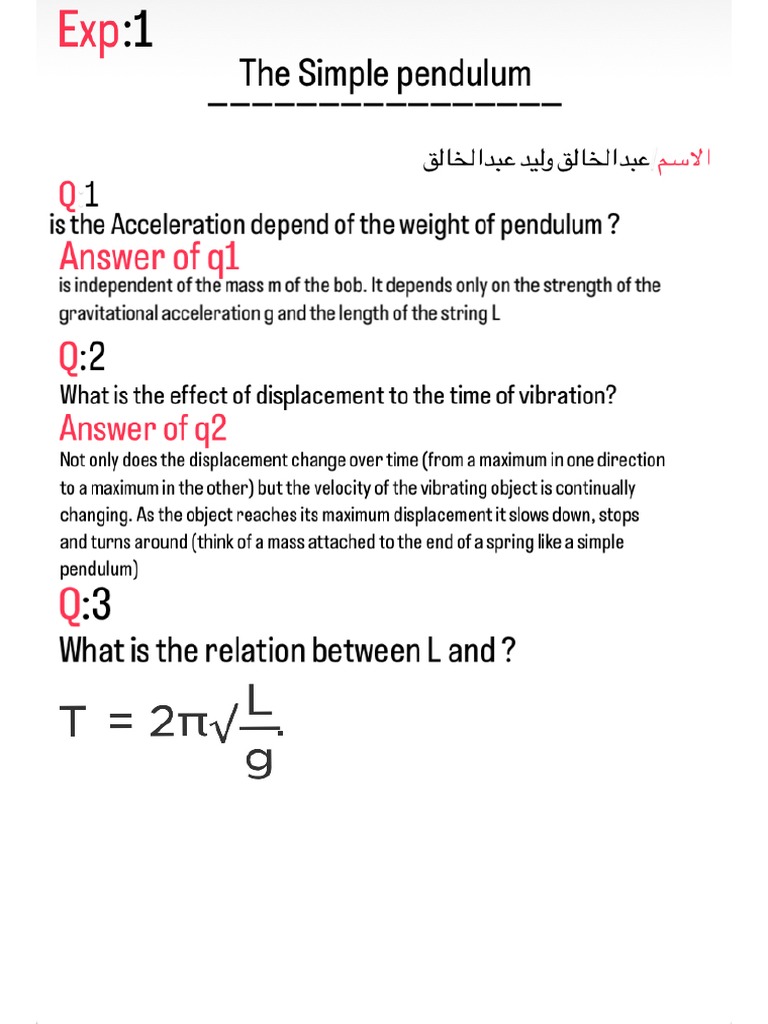Understanding the intricate relationship between physics and the medical field is akin to unveiling the hidden layers of a complex tapestry. Physics serves as the foundational thread that weaves together various disciplines, culminating in a rich understanding requisite for the pre-medical student. In the pursuit of a holistic comprehension of medicine, one must explore the multifaceted roles that physics plays in enhancing healthcare delivery and medical technology.
At its core, physics elucidates the principles governing matter and energy, which are essential in understanding biological systems. This grand tapestry of life operates according to the laws of nature, where molecules and cells engage in a symphony of interactions dictated by physical laws. For pre-medical students, an intimate acquaintance with these concepts fosters a more profound appreciation of human physiology, biochemistry, and pathology.
The first vital area where physics intermeshes with medicine is in diagnostic imaging. This cutting-edge technology serves as the metaphorical lens through which clinicians visualize the hidden realms of the human body. Techniques such as X-rays, computed tomography (CT), and magnetic resonance imaging (MRI) are all deeply rooted in the principles of physics. Understanding the physics behind these imaging modalities is paramount for pre-med students, who need to appreciate how electromagnetic radiation and magnetic fields interact with biological tissues to produce images that aid in diagnosis.
Moreover, the advent of ultrasound technology further exemplifies the practical application of physics in medicine. Utilizing sound waves to create images of internal organs transcends mere technicality; it requires a thorough understanding of acoustics, wave propagation, and the interaction of sound with different media. Pre-medical students armed with this knowledge can approach patient assessment with a critical eye, understanding the limitations and benefits of each diagnostic tool.
Another pivotal intersection of physics and medicine is found in the realm of therapeutic practices, particularly in radiotherapy for cancer treatment. Here, the application of ionizing radiation exemplifies how physics transforms the landscape of medical intervention. Pre-medical students delve into concepts such as dosage calculations, radiation types, and the biological effects of radiation on living tissues. This scientifically grounded understanding allows future physicians to engage in informed discussions regarding treatment options and patient care.
In addition to diagnostics and therapies, the realm of biomechanics—an interdisciplinary domain at the crossroads of physics and biology—holds great significance. The study of movement and mechanical forces within biological systems helps to elucidate the principles governing human biomechanics and ergonomics. For pre-medical students, grasping concepts such as force, torque, and motion enables a better understanding of musculoskeletal function and injury prevention. Moreover, this knowledge is critical when considering the design and application of prosthetics and rehabilitation devices, enhancing the quality of life for countless individuals.
As students engage with the concept of homeostasis—the body’s ability to maintain stable internal conditions—they will inevitably encounter the laws of thermodynamics. These laws describe energy transfer and conversion, essential for understanding physiological processes. By examining how the body regulates temperature, fluid balance, and metabolic pathways, pre-medical students can connect the dots between physical principles and their direct ramifications on health and disease.
Furthermore, the realm of pharmacokinetics and pharmacodynamics also reflects the necessity of physics in the medical field. The principles governing drug absorption, distribution, metabolism, and excretion are intrinsically linked to concepts of diffusion, osmosis, and the behavior of particles at the molecular level. A comprehensive understanding of these principles enables pre-med students to predict how medications will interact with the body and helps guide therapeutic decisions.
Moreover, the fundamental laws of physics extend their reach into the burgeoning fields of molecular and cellular biology. Advanced imaging techniques, nanotechnology, and biomaterials—essential components of modern medical research—rely heavily on the principles established by physicists. Pre-medical students should cultivate a sense of curiosity about the role of physics in regenerative medicine and tissue engineering as these fields continue to evolve and expand our understanding of human biology.
In conclusion, the need for physics in the pre-medical journey is not merely academic; it is indispensable. As students embark on this path, they are equipped with the tools to navigate the complexities of medicine. Understanding the profound relationship between physics and medical practices enables the aspiring physician to approach healthcare with a nuanced perspective. The metaphor of a tapestry serves as a poignant reminder that knowledge of physics enriches the intricate design of medicine, allowing future healthcare practitioners to stitch together the fabric of human health with diligence and compassion.
Ultimately, a robust grounding in physics does not only enhance one’s medical expertise; it instills a deep-seated appreciation for the scientific principles that underpin the healing arts. Thus, the convergence of physics and pre-medical education creates a continuum of knowledge that will inspire generations of medical professionals to explore, innovate, and heal in the ever-evolving landscape of healthcare.












